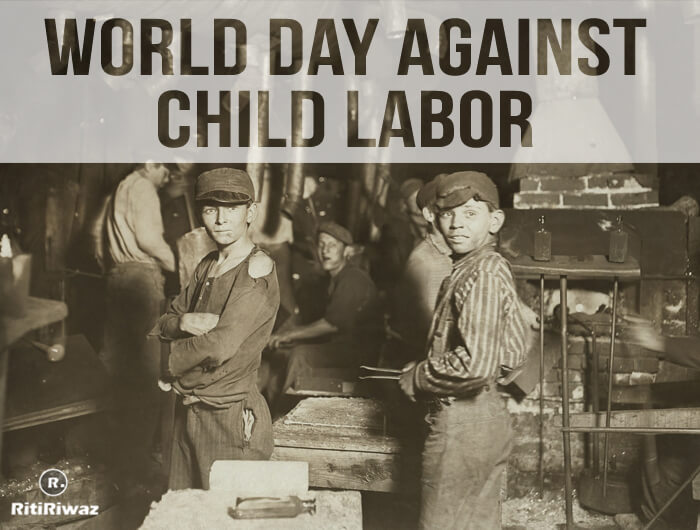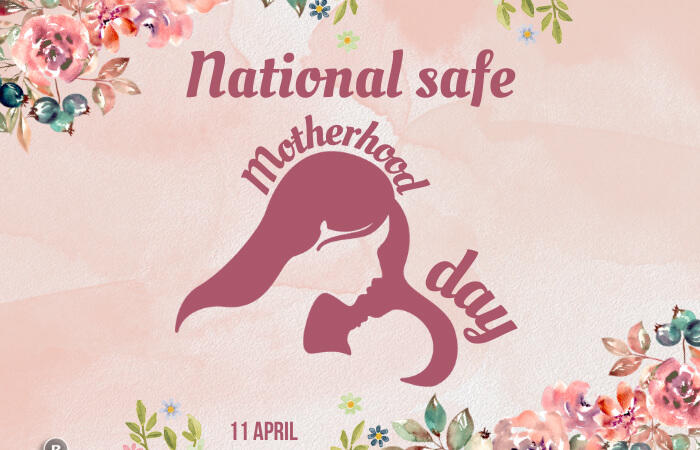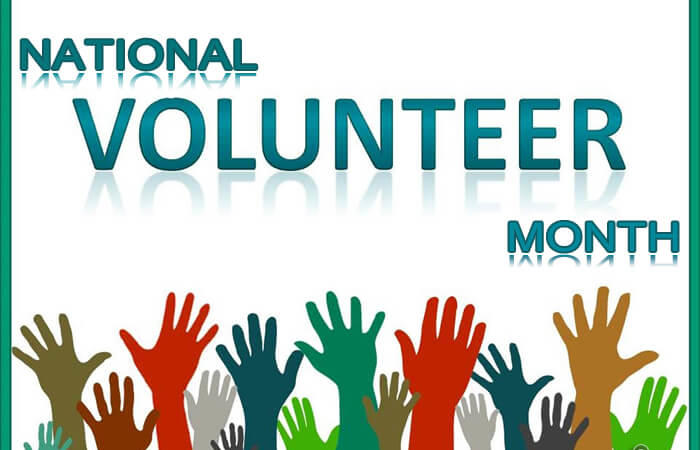World Day Against Child Labor – 12th June

World Day Against Child Labor is launched by International Labour Organization (ILO) in 2002, to raise awareness on Child labor and attempt to eliminate it. It is a reminder of the obligations that nation-states and individuals have under the Convention on the Rights of the Child (1989), which includes: the right to be protected from exploitation and harmful work, the right to be protected from all forms of sexual exploitation, and abuse, and the right to be protected from physical or mental violence.
The International Labour Organization has reported on a steady decrease in child labor over the last decade, yet the number of young boys and girls still in child labor—often in hazardous and developmentally debilitating conditions—ought to serve as a stark reminder of our obligations to protect and aid the most vulnerable among us.
In 2015, the United Nations launched their Sustainable Development Goals (SDGs), a set of 17 goals to “end poverty, protect the planet, and ensure the prosperity of all.” Goal 8 is about ensuring that everyone gets a chance for decent work and economic growth, with target 8.7 specifically setting goals to eliminate and prohibit child labor in all forms by 2025.
As part of global efforts to combat child labor, World Day Against Child Labor day is observed to raise awareness on the plight of child laborers throughout the world, and highlight the work that governments, civil society, and workers organizations are doing to combat this pressing problem.
Child labor threatens the fundamental rights of children to survive with dignity, develop intellectually and physically, be protected from abuse, and participate in his/her community. Child laborers work in a variety of areas: domestic work, garment factories, garbage collecting, fishing, agriculture, brick factories, and construction, among others.
While some forms of child labor are more hazardous, most require children to work long hours that could be spent at school and nurturing relationships with peers, teachers, and family. Many child domestic workers, for example, start working very early and end late at night. Since their work takes place behind closed doors, it is difficult for authorities and NGOs to monitor and safeguard their well-being
Child labor impedes children’s ability to receive an education and a healthy childhood, which can then impact their development as well as the social and economic development of their communities. The current effort of the Government and companies worldwide are not enough to eradicate child labor.
The International Labour Organization (ILO) defines child labor as:
a) Children aged 5–11 years engaged in any economic activity for one hour or more a week.
b) Children aged 12–14 years engaged in permissible (non-hazardous) economic activity for more than 12 hours a week.
c) Children aged 12–14 years engaged in work for fewer than 12 hours a week but working in designated hazardous industries and occupations.
d) Children aged 15–17 years engaged in economic activity for more than 48 hours a week.
e) Children aged 15–17 years engaged in economic activity for 48 or fewer hours in a week but engaged in designated hazardous industries and occupations.
What you can do to address child labor
-
Ask questions: Ask companies and governments about what they’re doing to combat child labor. Challenge yourself and see if you can find out what products you purchase may have come from child labor.
-
Take action: Stay updated on the issues, share the word amongst your communities and the companies you buy from and invest in, support organizations that are working to combat child labor
-
Demand change: Hold companies accountable to their commitments; use your investments to promote responsible supply chain practices, and raise your voices against child labor.
Each year on June 12, the day brings together governments, employers and workers organizations, civil society, as well as millions of people from around the world to highlight the plight of child laborers and what can be done to help them. Let us pray for these children and support organizations working to focus attention on the plight of these children.
Suggested Read: Important Days In June






